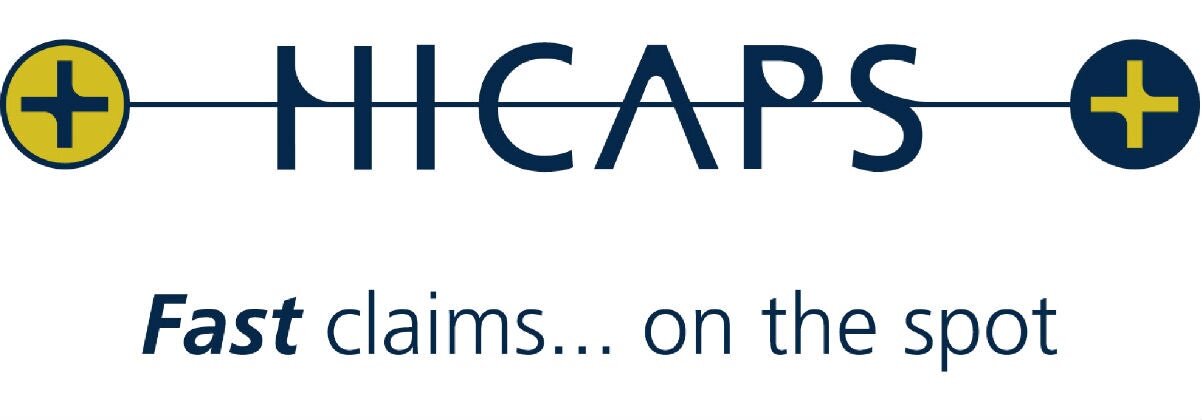Posterior Ankle Impingement
What is Posterior Ankle Impingement?
Posterior Ankle Impingement is a condition where an individual experiences pain at the back of the ankle, due to compression of the bone or soft tissue structures during activities that involve maximal ankle plantarflexion motion.
It can be also known as:
- Ankle Impingement
- Posterior Impingement Syndrome
- Posterior Impingement of the Ankle
- Os Trigonum Syndrome
What is the Relevant Anatomy of the Ankle?
The ankle joint is comprised of the tibia and talus, which glide on one another and have articular cartilage on the surface that cushions the impact of the tibia on the talus during weight bearing activity.
During the movement of plantar flexion where the foot and ankle are pointed maximally away from the body, the ankle is compressed. This may result in tissue damage and pain if the compressive forces are too repetitive or forceful.
What Causes Posterior Ankle Impingement?
Posterior ankle impingement is commonly found in the following athletes:
- Gymnasts
- Ballet dancers
- Footballers
- Cricket Fast Bowlers (front or landing leg)
Posterior ankle impingement often occurs due to inadequate rehabilitation following an acute ankle injury. In some cases, an individual may have an anatomical variant in their talus bone, known as an os trigonum, which is quite normal. However, it may have an increased likelihood of developing this condition, particularly in the very active.
What are the Symptoms of Posterior Ankle Impingement?
Individuals that suffer Posterior Ankle Impingement typically present with:
- Sharp Pain at the back of the ankle joint during activities that require maximal plantar flexion (pointing).
- Ache at rest or following provocative activities
Examples of provocative activities include:
- Kicking a ball
- Pointe work (dancing)
- Walking or running (especially downhills)
- Jumping or hopping
- Activities on 'tippy-toes'
How is Posterior Ankle Impingement Diagnosed?
Posterior ankle impingement can be diagnosed by your physiotherapist based upon your history and physical assessment findings. In some cases, your Physiotherapist may recommend that you obtain some imaging based upon your presentation.
Diagnostic Imaging
Standard ankle radiographs (or X- Rays) can be utilised when imaging posterior ankle impingement. The x-ray view of the ankle from the side (lateral radiograph) shows the ankle in profile and the bone spurs can be seen. Sometimes when the spurs are located on the inside of the ankle (anteromedial), they can be difficult to see on the standard lateral radiograph. Therefore an x-ray taken at a slight angle (oblique radiograph) can be helpful in seeing anteromedial bone spurs.
Magnetic Resonance Imaging or (MRI) is a useful test for a couple of different reasons. First, it can be useful in being sure there is no other cause of foot or ankle pain present that can mimic posterior ankle impingement or additional symptom generators. Also an MRI may show signs of swelling in the region of irritation in the front of the ankle. This can help confirm the findings in the patient’s history and physical exam as well as help with surgical planning in the future.
Posterior Ankle Impingement Treatment
PHASE I - Pain Relief, Minimise Swelling & Injury Protection
Managing your pain. Pain is the main reason that you seek treatment for Posterior ankle impingement. In truth, it was actually the final symptom that you developed and should be the first symptom to improve.
(Active) Rest: Our first aim is to provide you with some active rest from pain-provoking postures and movements. This means that you should stop doing the movement or activity that provokes the ankle pain.
Ice is a simple and effective modality to reduce your pain and swelling. Please apply for 20-30 minutes each 2 to 4 hours during the initial phase or when you notice that your injury is warm or hot.
Compression: A compression bandage, Tubigrip compression stocking or kinesiology supportive taping will help to both support the injured soft tissue and reduce excessive swelling.
Elevation: Elevating your injured ankle above your heart will assist gravity to reduce excessive swelling around your ankle.
Your physiotherapist will use an array of treatment tools to reduce your pain and inflammation. These may include ice, electrotherapy, acupuncture, de-loading taping techniques, soft tissue massage and temporary use of a mobility aid (eg brace) to off-load the injured structures. In severe cases, you may require a period of rest from your aggravating activity, however, your Physiotherapist will be able to provide you with information in regards to alternative exercise.
Anti-inflammatory medication and natural creams such as arnica may help reduce your pain and swelling.
Phase 2: Restore Full Range of Motion
As soon as it is comfortable, your Physiotherapist will start your rehabilitation aiming at regaining full active range of motion of the ankle.
Phase 3: Restore Muscle Strength
Your calf, ankle and foot muscles will require strengthening to recover from the injury and prevent future episodes. It is important to regain normal muscle strength to provide normal dynamic ankle control and function. Your strength and power should be gradually progressed from non-weight bear to partial and then full weight bear and resistance loaded exercises. You may also require strengthening for your other leg, gluteal and lower core muscles depending on your assessment findings. Your physiotherapist will guide you.
Phase 4: Restore High Speed, Power, Proprioception and Agility
Most cases of posterior ankle impingement occur during high-speed activities, which place enormous forces on your ankle and adjacent structures. Balance and proprioception (the sense of the relative position of neighbouring parts of the body) are required to ensure a full recovery and also to prevent re-injury.
Phase 5: Return to Normal Daily Function and Sport
Once you are able to return to normal daily function eg walking, stairs and squatting, your physiotherapist will address your specific needs. If you play sport, you may require specific sport-specific exercises and a progressed training regime to enable a safe and injury-free return to your chosen sport.Your physiotherapist will discuss your goals, time frames and training schedules with you. The perfect outcome will have you performing at full speed, power, agility and function with the added knowledge that a thorough rehabilitation programme has minimised your chance of future injury.
Ankle Impingement Surgery
Surgery is not a common treatment for those suffering from posterior ankle impingement. However, in persistent cases of posterior ankle impingement operative treatment may be beneficial, particularly for the high-level athlete.
If a patient’s symptoms can be directly attributed to the impingement, rather than ankle arthritis, removing the prominent impinging bone spurs and/or soft tissue can help symptoms. Surgical treatment involves removing the prominent bone spurs and/or soft tissue either arthroscopically or by opening up the ankle joint with an incision. If the bone spurs are large it is often more efficient and effective to make a larger incision and open up the ankle joint and remove the bone spurs.
Removal of all bone spurs is not required, rather only those which are noted to be causing impingement at the time of surgical inspection. It is important to note that surgery to remove impinging bone spurs from the front of the ankle will not typically help symptoms if the pain is due to significant ankle arthritis. In some instances, surgery to remove the bone spurs can contribute to an increase in a patient’s symptoms if it allows the ankle joint to move more and the ankle joint has significant arthritis.
Other Ankle Impingement Treatment Options
Specific Interventions eg Injection
Corticosteroid injections may be useful in the initial phase of treatment if the patient is having difficulty calming the inflammation and pain in the ankle joint. Your Physiotherapist is highly trained in identifying whether you will require this adjunct treatment, and will often have you discuss this adjunct treatment option with a Sports Physician.
Acupuncture
Acupuncture can be helpful pain relief. If you are interested in trying some acupuncture, many of our therapists are trained in acupuncture. Please ask for their advice.
General Exercise
General exercises are important to keeping your body fit. Your Physiotherapist will be able to best advise you what is appropriate and inappropriate.
More Advice
If you have any concerns or have some specific questions regarding your condition, please ask your physiotherapist.
Call PhysioWorks
Book Online




